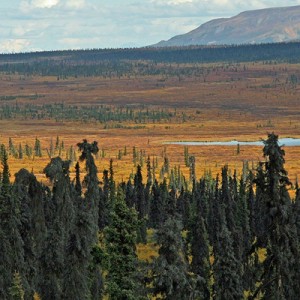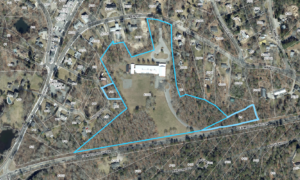
COURTESY OF THE WOODS HOLE RESEARCH CENTER
A view of the Alaskan tundra.
FALMOUTH – Carbon emissions from the Arctic could threaten our ability to stay within a 2 degree Celsius target of limiting global warming set by the United Nations Framework Convention on Climate Change Paris Agreement, according to an expert assessment.
Several scientists from the Woods Hole Research Center were involved with the assessment which focuses on the amount of carbon that will be emitted from the northern high latitudes by the end of the century.
The majority of carbon in the Arctic is contained in permafrost, which is vulnerable to thawing and degradation under warming conditions.
Models suggest that some permafrost carbon emissions may be offset by greater plant growth, but the assessment recently published in “Environmental Research Letters” finds that biomass in unlikely to offset a significant fraction of the carbon emissions after 2050.
Woods Hole Research Center scientist Brendan Rogers said, “We are very much in control of the amount of high-latitude carbon that stays in the ground.”
The assessment concluded that 85 percent of carbon emissions from the permafrost zone could still be avoided with aggressive international policies, but that window of opportunity is rapidly closing.
All the scientists involved agreed that the rate and magnitude of current warming is taking us into uncharted territory in regard to permafrost carbon.
























Speak Your Mind